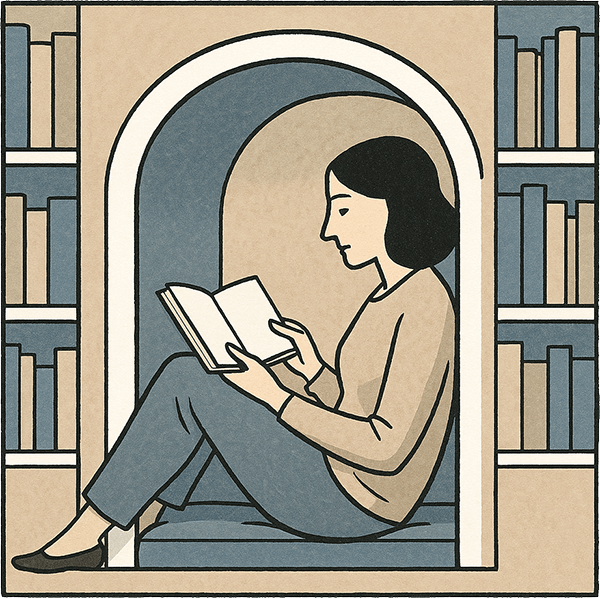Writing Tips
A writer with no experience is unlikely to become a good writer just from reading a few short writing tips and rules. As we discuss in the rest of our Writing Skills blog series, you’ll need feedback, persistence, and if you’re starting with no experience, even some writing classes. But there are a handful of simple writing tips that can get you started in some vital components of good writing. These golden rules can make the difference between bland, unmemorable writing, and writing that stands out and captivates readers.
These writing tips will apply primarily to fiction writing, but you’ll find that many of these tips can apply to any writing that aims to tell a story – including non-fiction!
Less is often more
Simple is good. If you find yourself with a lot of long sentences that even you need to reread a couple times to understand, you may need to work on stripping them down to the essence of what you want to say. The goal is not to impress readers with a strong vocabulary and complex language, it’s to immerse them in the story you’re trying to tell. Generally speaking, if you have the chance to convey an idea with fewer words, it’s usually a good idea.
If your style leans toward heavy, detailed description, that can certainly work – you can spend whole paragraphs on description if that’s your style. But each individual sentence should still flow smoothly and be as straightforward as possible.
And some of the most successful writers of the last century were known for simple, journalistic prose, such as Ernest Hemingway, George Orwell, and John Steinbeck.
Show, don’t tell
When introducing a character, for example, show rather than tell – don’t simply describe your characters or events. Instead, walk the reader through what you want them to understand. It’s the difference between describing your character as resourceful, and showing them using their ingenuity to creatively solve a specific problem.
Active, instead of passive, language
This is the difference between the passive “The letter was delivered by the mailman on Tuesday” and the active “The mailman delivered the letter on Tuesday.”
Generally speaking, the passive voice uses more words to say the same thing, is less clear, and can be read as vague. There are exceptions to this, like when you want to emphasize the action instead of the actor. But as a rule, the active voice is both more impactful and reads more smoothly.
Use extra care with your opening
Your opening is almost like a piece of the marketing puzzle that you work on while writing your book. Many readers will try reading your first paragraph to decide if they should buy your book, and those who do buy it may not stick with it past a lackluster opening.
Not only does this mean smooth, easy to read language, but also establishing your premise in a way that draws the reader in, often with questions that they will be eager to answer. It’s a balance between giving background information, and challenging the reader to continue, often using a bit of mystery and intrigue.
Great first lines and first paragraphs tend to start off the most loved books of all time. Check out some of your favorites for inspiration.
Use description to draw the reader in
You should aim to strike a balance between the straightforward language recommended in our first tip, and vivid description and evocative word choice. If less is more here, you need to make the most out of what you have.
When using verbs and adjectives for description, consider what words connote the broader moods and atmosphere you’re trying to portray. For example, if you’re trying to convey a dark, foreboding atmosphere in a space, you might use words like “decrepit” or “frayed” to describe an old piece of furniture.
If you’re trying to describe the piece of furniture but convey a warm and inviting atmosphere, you might use words like “well-worn,” “scruffy,” or even “ragged” to describe the same piece of furniture.
Good description is not really about accuracy as much as it is about getting the reader to feel a certain way. Good description will also often view a scene through the eyes of a character, both immersing the reader in the story, and conveying information about the character in addition to the environment.
These writing tips will help you with some of the most important aspects of good writing. But to make sure it holds together, remember to get feedback, practice your writing skills, and take a class if you need to work on fundamentals. We’ll keep offering tips on what separates good writing from the forgettable, but only personalized feedback like you would get in a class or writing group will make sure you’re using these writing tips properly.




